Essential Etiquette Tips for Visiting Historical Sites in Southeast Asia
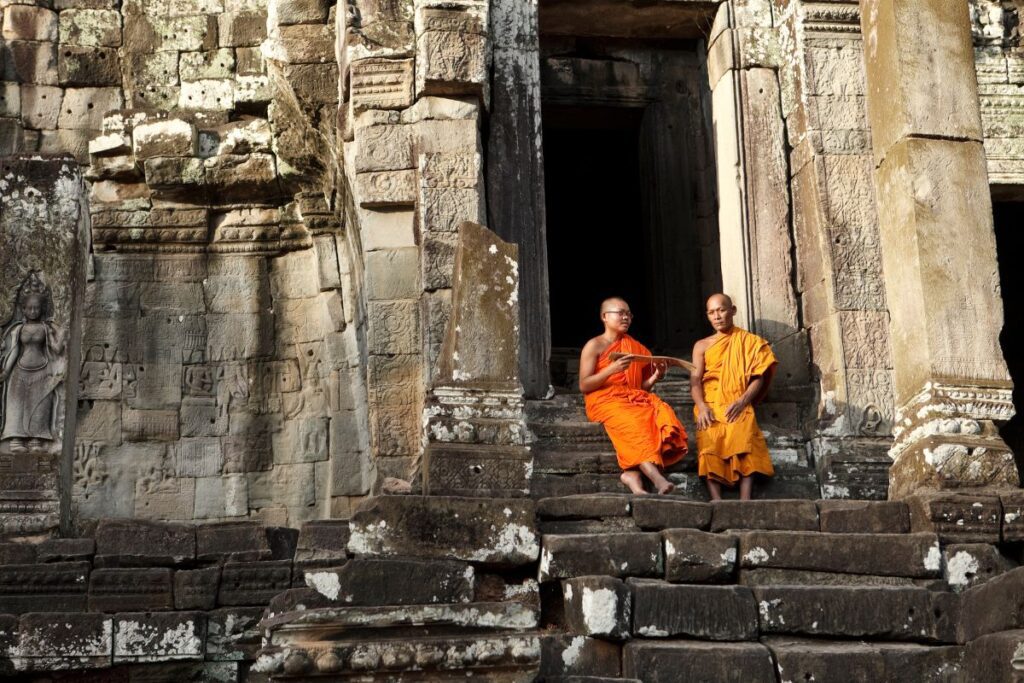
Visiting historical sites in Southeast Asia isn’t just about ticking landmarks off your bucket list—it’s about stepping into the stories of ancient civilizations, sacred spaces, and cultural legacies. From majestic temples to centuries-old ruins, these sites hold more than history; they carry the spirit of the past. To help preserve these awe-inspiring places, here are some essential etiquette tips every traveler should keep in mind.
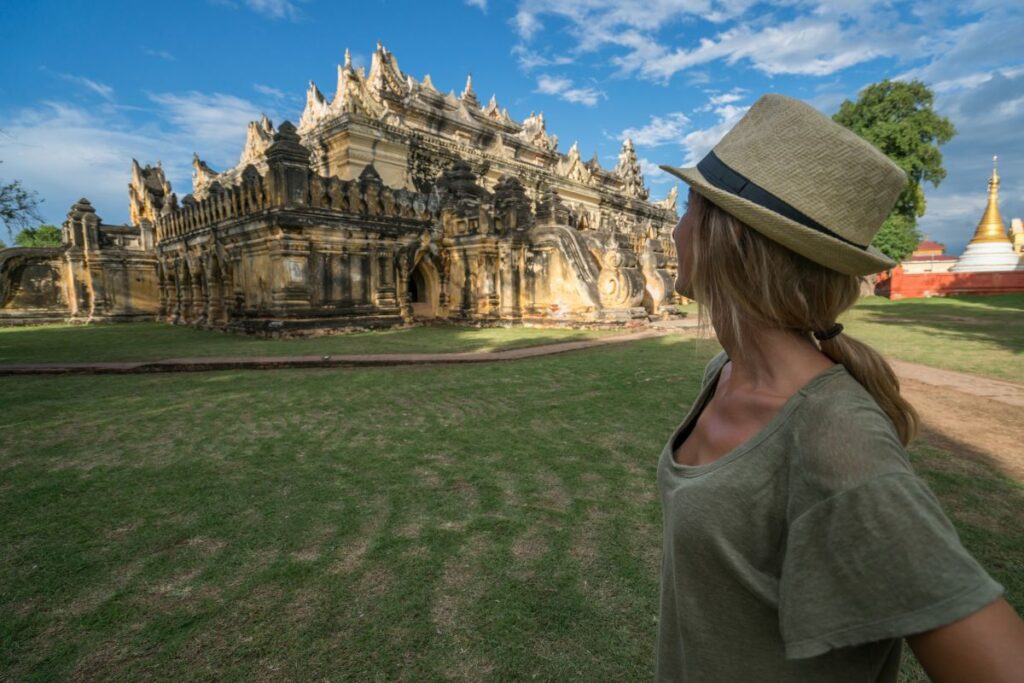
Why Respect Matters at Historical Sites
Historical sites aren’t just photo ops—they’re living pieces of culture, identity, and history. Treating them with respect isn’t just good manners; it helps protect their beauty and significance for future generations. Whether you’re standing before Angkor Wat’s towering spires or exploring ancient temples in Ayutthaya, your actions matter.
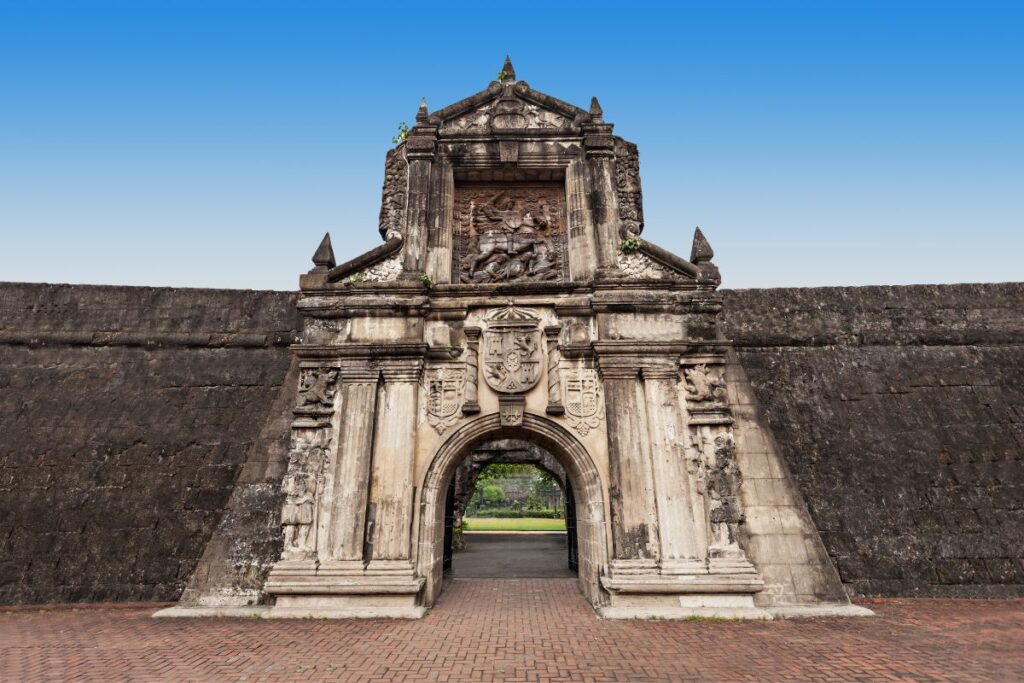
What Not to Do at Historical Sites
No Writing, Drawing, or Carving on Structures
It might seem like common sense, but you’d be surprised. Never leave marks, carvings, or graffiti on historical structures. These sites are fragile, and even the smallest scratch can cause irreversible damage that erases centuries of history.
Don’t Touch the Artifacts
Ancient objects have survived for hundreds, sometimes thousands, of years. The oils and moisture from human skin can speed up deterioration. Admire artifacts with your eyes, not your hands.
Respect Barriers—No Climbing Allowed
See a rope, sign, or fence? They’re not suggestions—they’re there to protect both you and the site. Climbing on ancient ruins isn’t just disrespectful; it’s dangerous and can cause structural damage.
Avoid Actions That Could Cause Damage
Be mindful of your surroundings. Leaning on fragile walls, using sharp objects, or setting up heavy photography equipment can harm delicate surfaces. Treat every stone, sculpture, and structure like it’s irreplaceable—because it is.
No Littering—Leave No Trace
Whatever you bring in, take it back with you. Littering doesn’t just ruin the view; it accelerates the deterioration of ancient sites. Respect the environment as much as the history it holds.
Don’t Take Objects as Souvenirs
It might be tempting to pocket a small stone or fragment, but removing anything from a historical site is illegal in most countries—and it chips away at the site’s integrity. Leave the history where it belongs.
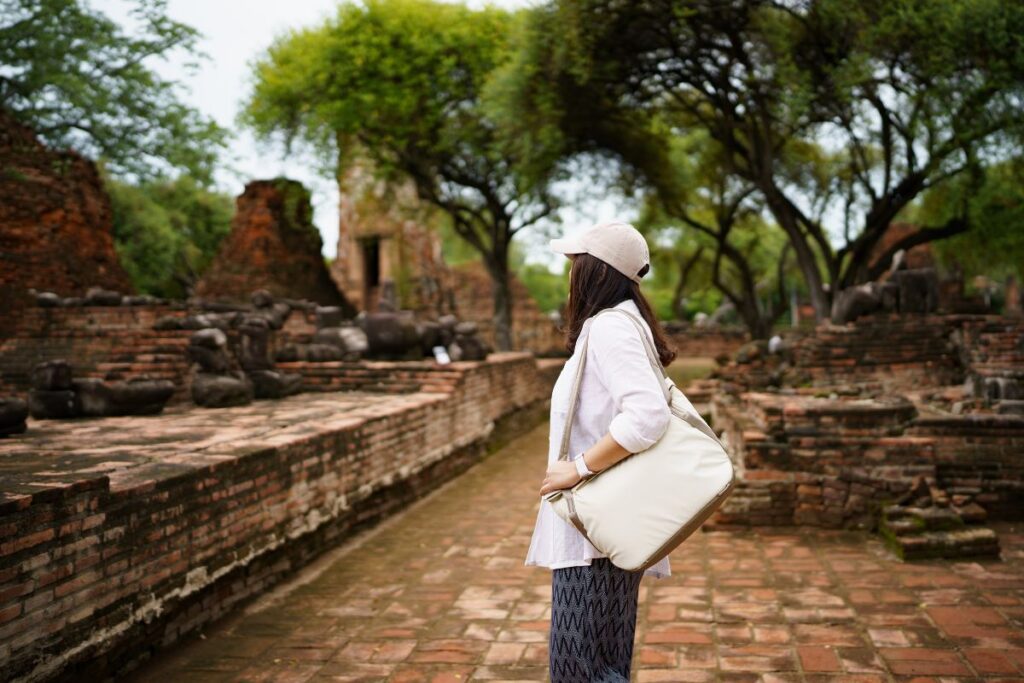
How to Show Respect at Sacred Sites
Maintain Silence and Mind Your Behavior
Many historical sites are also sacred spaces. Keep noise to a minimum, especially in temples, shrines, or meditation areas. Respectful behavior isn’t just for the site—it’s for fellow travelers and local worshippers.
Understand Local Traditions
Southeast Asia is rich in cultural diversity. In Thailand, for example, it’s customary to remove your shoes before entering a temple. In Cambodia, showing respect to Buddha statues is taken seriously. Learn basic etiquette before you visit—it shows respect and helps you connect with local culture.
Dress Appropriately
- Cover Shoulders and Knees: This is especially important when visiting temples and sacred monuments.
- Avoid Revealing Clothing: Not only is it disrespectful in sacred spaces, but it may also restrict your access to certain sites.
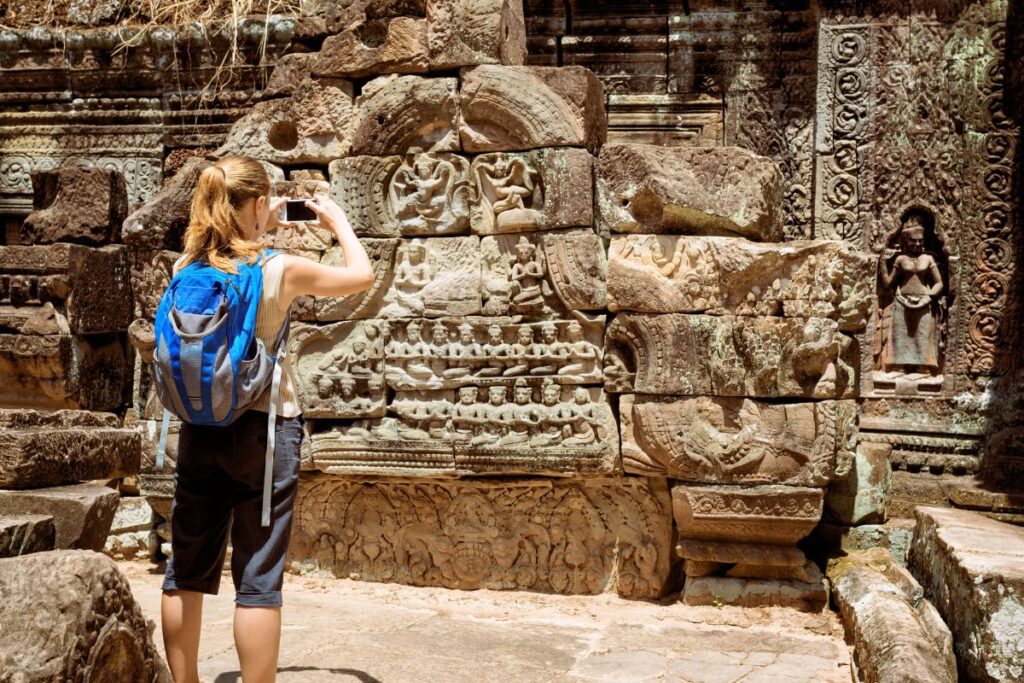
Photography Etiquette at Historical Landmarks
- Check for Restrictions: Some sites prohibit photography altogether, while others may allow it without flash. Always look for signs or ask if you’re unsure.
- No Flash Photography: Flash can damage delicate artwork and surfaces, especially in temples with ancient murals.
- Pose Respectfully: Be mindful when taking photos near religious statues—avoid climbing, sitting, or striking disrespectful poses.
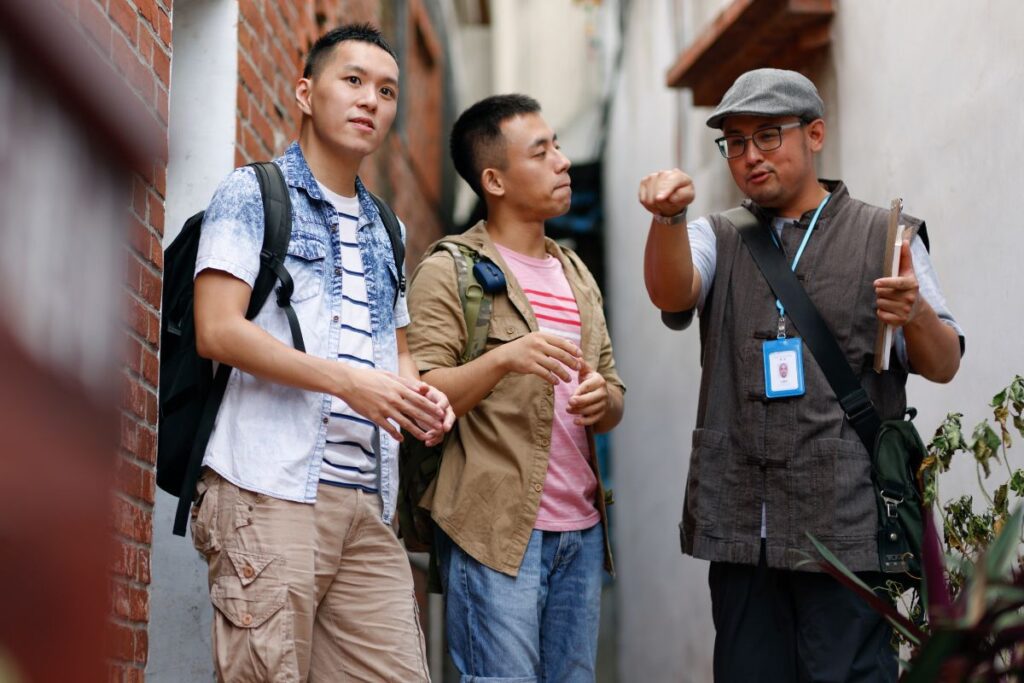
Travel Responsibly: Supporting Sustainable Tourism
- Hire Local Guides: Not only will you gain deeper insights, but you’ll also support the local economy.
- Choose Eco-Friendly Tours: Opt for tours that prioritize sustainability and conservation.
- Respect Natural Surroundings: Many historical sites are nestled in natural landscapes—treat them with the same care you’d give the monuments themselves.

Affordable Accommodation Near Historical Sites: Stay with Lub d
Exploring ancient ruins doesn’t mean you have to stretch your budget. Lub d offers vibrant, budget-friendly stays across Southeast Asia, perfect for history buffs, backpackers, and curious travelers.
- Lub d Siem Reap: Just minutes from the iconic Angkor Wat, it’s the perfect base for your temple-hopping adventures.
- Lub d Bangkok Chinatown: Dive into Bangkok’s rich history, bustling markets, and cultural landmarks—all within easy reach.
- Lub d Phuket Patong & Koh Samui: Explore historical temples and island heritage while soaking up the beach vibes.
At Lub d, you’ll find more than just a place to sleep—you’ll find a community of like-minded travelers ready to share stories, swap tips, and create memories.
Final Thoughts
Traveling responsibly is more than just snapping photos and ticking off destinations. It’s about honoring the stories that came before us, preserving cultural heritage, and leaving every place as beautiful as we found it. By following these simple etiquette tips, you’ll not only have a richer travel experience but also play a part in protecting Southeast Asia’s incredible history for generations to come.
FAQs
Can I take photos at historical sites in Southeast Asia?
Yes, but always check for signs or ask local guides. Some sacred sites may have restrictions.
Is it okay to touch ancient structures?
No. Touching can cause long-term damage to fragile materials that have withstood the test of time.
Why can’t I take small objects as souvenirs?
Removing objects damages the site’s integrity and is often illegal. It’s best to take photos, not pieces of history.
What should I wear when visiting temples?
Dress modestly—cover your shoulders and knees, and avoid revealing clothing.
Is Lub d a good option for budget travelers?
Absolutely. Lub d offers affordable, comfortable stays with a vibrant community vibe, close to major historical sites.


